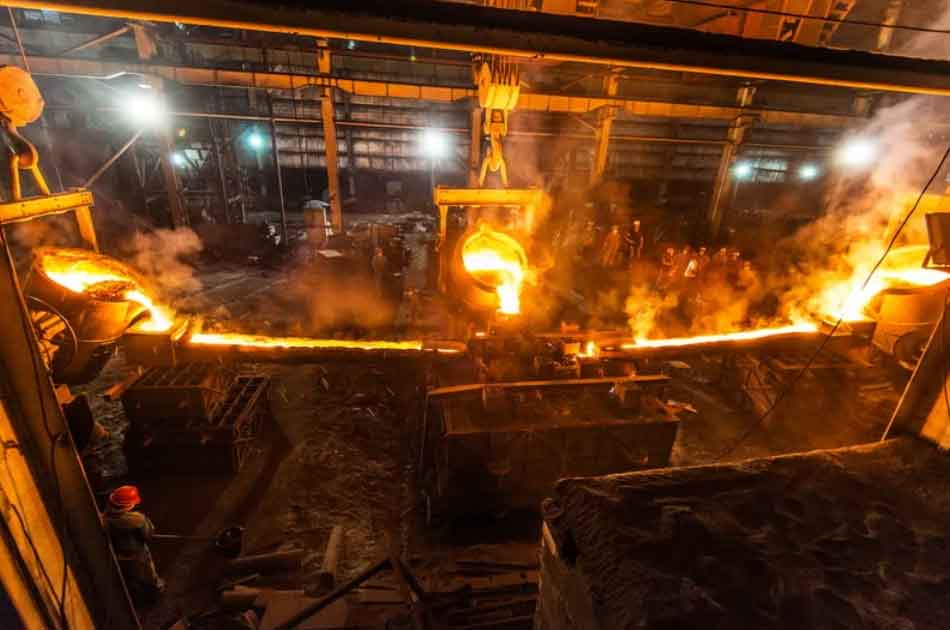The material studied is low alloy steel, and its main alloy elements are common elements such as C, Si, Mn, P and s. The samples used in the experiment and observation in this paper are all on-site samples from a steel casting enterprise. Some products of the enterprise found poor mechanical properties in the testing process, and it is considered that there may be inclusion defects. Therefore, this paper takes samples from these products for observation and analysis of inclusion defects.
In order to facilitate the grinding, polishing and microstructure observation of metallographic samples, the large samples obtained on site are divided into small pieces by CNC wire cutting machine, and the epoxy resin is used for cold inlay. The embedded sample shall be pre ground to 3000 grade by SiC metallographic sandpaper, and then used for 1.0 μ M of diamond grinding paste for mechanical polishing. In order to facilitate the observation of inclusion defects in the sample, the microstructure of the polished sample is directly observed under the metallographic microscope without corrosion.
The preparation process of the sample used for SEM observation is the same as that of metallographic sample. The internal microstructure of inclusion defects was observed by SEM, and its chemical composition was determined by EDX. Finally, the element distribution in different areas of inclusion was determined by EDX surface scanning analysis. Based on this, the chemical composition of different regions of inclusion defects can be determined, and its source and formation mechanism can be analyzed combined with its micro morphological characteristics.

